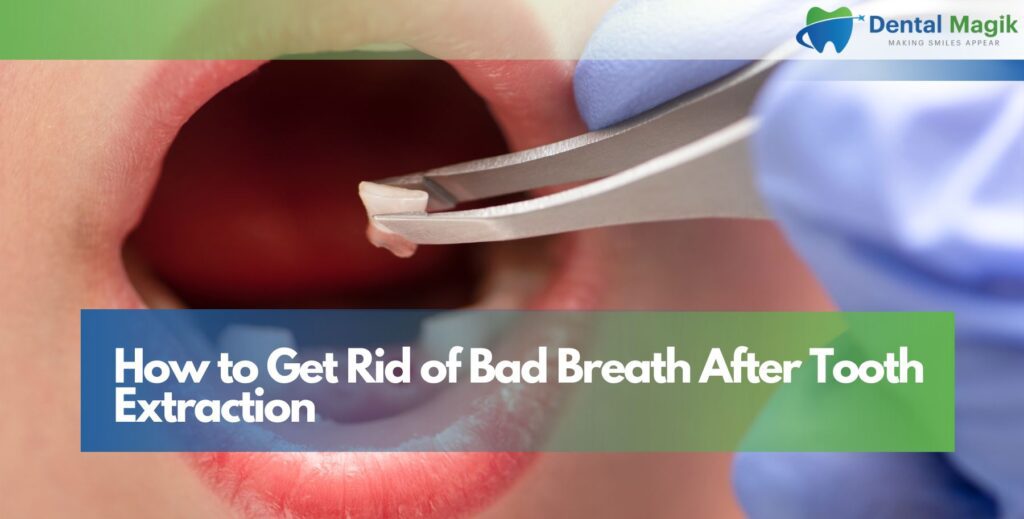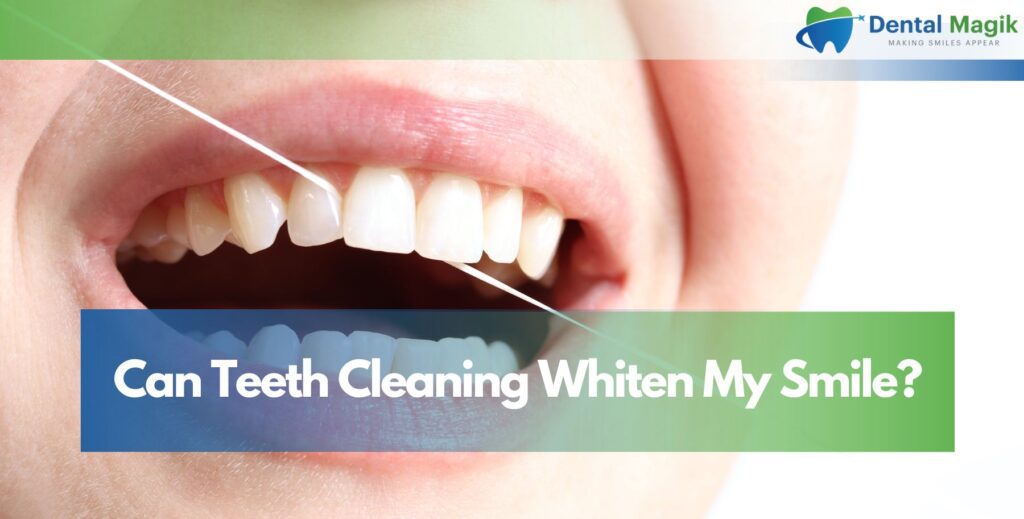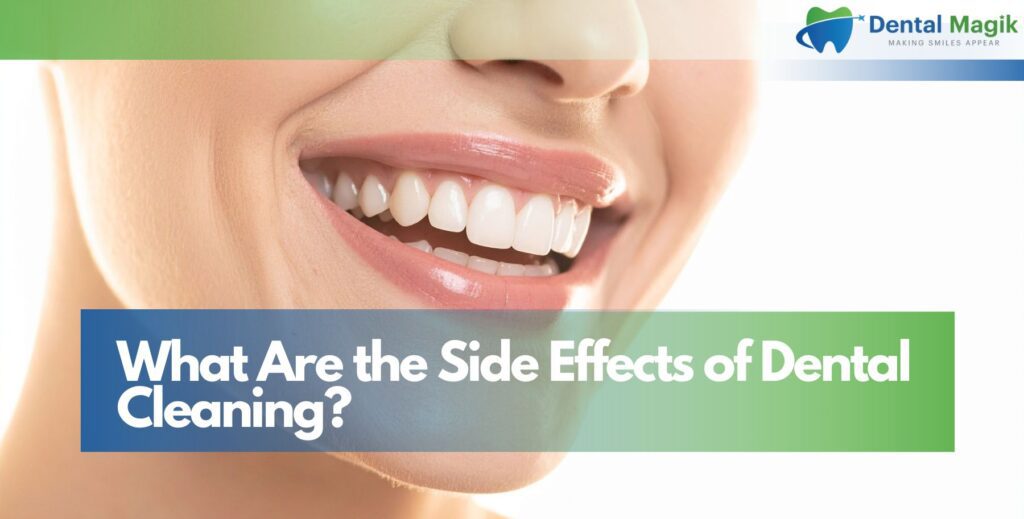Gum recession might sound like a minor issue, but it can lead to serious dental problems if left untreated. When your gums pull away from your teeth, it exposes the sensitive roots, making them more vulnerable to decay and discomfort. Thankfully, with the right care and understanding, you can manage and even reverse the effects. Let’s dive into everything you need to know about correcting gum recession, step by step.
Understanding Gum Recession
Gum recession happens gradually. Most people don’t notice it until their teeth look longer than usual or they experience sensitivity. In simple terms, it’s when your gum tissue pulls back, exposing more of the tooth or its root.
What Causes Gum Recession?
There isn’t one single cause. Several factors can lead to this issue, such as:
- Poor brushing habits (brushing too hard)
- Gum disease (periodontal disease)
- Genetics
- Hormonal changes
- Tobacco use
- Teeth grinding or clenching
Understanding the root cause is essential to decide on the right Gum Recession treatment in East Brunswick, NJ, or wherever you’re located.
Signs and Symptoms to Watch For
Recognizing the signs early can save your gums. Watch out for:
- Tooth sensitivity, especially to hot or cold
- Teeth appearing longer
- Visible roots
- Swollen or red gums
- Bad breath
If you notice any of these, it’s best to consult a dental professional as soon as possible.
Why Gum Recession Should Not Be Ignored
You might think it’s just an aesthetic concern, but untreated gum recession can lead to:
- Tooth decay
- Tooth loss
- Increased plaque buildup
- Damage to the supporting bone structure
Ignoring it can create long-term oral health issues, costing more time and money to fix later on.
Gum Health and Overall Health
Your gum health is closely linked to your overall well-being. Studies have shown a connection between gum disease and heart disease, diabetes, and even respiratory problems. Protecting your gums means protecting your entire body.
Treatment Options for Gum Recession
Luckily, modern dentistry offers several solutions to treat gum recession effectively.
Non-Surgical Treatments
For mild cases, your dentist may recommend:
- Deep Cleaning (Scaling and Root Planing): Removes bacteria and plaque from below the gum line.
- Desensitizing Agents: Helps reduce tooth sensitivity.
- Composite Restoration: Covers the exposed root surface.
Surgical Treatments
For more advanced cases:
- Gum Grafting: Tissue is taken from another part of your mouth and attached to the affected area.
- Pinhole Surgical Technique: A less invasive option where small holes are made to reposition gum tissue.
- Regeneration: If bone loss has occurred, this procedure helps regenerate lost bone and tissue.
Your choice of treatment will depend on how severe your gum recession is and what your dentist recommends.
How Gum Recession Treatments Work
Let’s go a little deeper into how these treatments actually help.
Gum Graft Surgery
This is one of the most common methods. Tissue (often from the roof of your mouth) is grafted onto the area with recession. It not only improves appearance but also protects the roots from further damage.
Pinhole Surgical Technique
A modern approach, this method involves making a small hole and repositioning the gum tissue without stitches. Recovery time is quicker, and the results are often impressive.
Professional Cleaning and Maintenance
Even if your gum recession is mild, professional cleaning will remove harmful bacteria and slow progression. Following this with excellent home care can make a big difference.
Preventing Gum Recession
An ounce of prevention is worth a pound of cure. Here’s how you can protect your gums:
- Brush gently with a soft-bristle toothbrush.
- Floss daily to remove plaque between teeth.
- Avoid tobacco products.
- Wear a mouthguard if you grind your teeth.
- Visit your dentist regularly for checkups.
Taking these steps can dramatically reduce your chances of experiencing gum recession in the future.
Cost of Gum Recession Treatment
The cost varies depending on the severity of the condition and the type of treatment you choose.
- Deep cleaning: $100–$300 per quadrant
- Gum graft surgery: $600–$1,200 per tooth
- Pinhole technique: $2,000–$3,000 depending on the number of teeth
- Maintenance and follow-up: Regular checkups, cleanings, and follow-up appointments may cost around $100–$300.
For those in New Jersey, especially locals looking for Gum Recession treatment in East Brunswick, NJ, you’ll find that local dentists offer tailored plans based on your specific needs.
Long-Term Care After Treatment
Getting treatment is just the start. Long-term maintenance will keep your gums healthy and prevent further issues.
Follow-up Visits
Regular checkups ensure your gums heal properly and remain healthy.
At-Home Oral Hygiene
Continue with gentle brushing, flossing, and use of any dentist-recommended rinses or toothpaste.
Healthy Lifestyle Choices
A balanced diet and avoiding tobacco products go a long way in maintaining gum health.
Choosing the Right Dentist
Choosing an experienced dentist is key to successful treatment.
- Look for professionals who specialize in periodontics.
- Check patient reviews.
- Ask about advanced treatment options like the pinhole surgical technique.
If you’re in the area, a Dentist in East Brunswick, NJ, can guide you through your options with a personalized approach.
Conclusion
Gum recession isn’t just a cosmetic issue — it’s a serious dental health concern. Whether you’ve noticed your gums pulling back slightly or are experiencing tooth sensitivity, early action is essential. With proper care, professional treatments, and daily maintenance, you can restore your gum health and protect your beautiful smile.
Stay proactive, choose the right treatment, and don’t hesitate to consult a trusted Dentist in East Brunswick, NJ to get started on your journey to healthier gums today!







